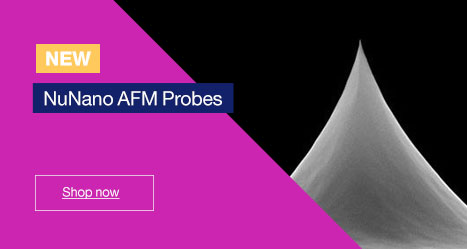Some of the most common cell-permeable DNA stains for imaging are the so-called ‘Hoechst Stains’ which are named after a German chemical company of the same name. These stains, which are also known as bisbenzimide stains, are part of a family of blue fluorescent stains which bind to the adenine-thymine regions of DNA. The number which follows each Hoechst stain refers to the sequential production of compounds by the company, so Hoechst 33342 is actually the 33,342nd compound which was synthesised by the Hoechst AG Company (which is now part of the Sanofi Group).
The problems with Hoechst
Although the Hoechst stains are generally easy to use, and non-toxic at low concentrations, their excitation wavelengths fall into the ultraviolet spectrum from around 350 to 390 nm. When imaging live cells, such blue light can be phototoxic. In addition, due to their DNA binding nature, the Hoechst stains can interfere with normal replication in long term live cell imaging experiments. Furthermore, such DNA stains are incompatible with super resolution microscopy techniques such as stimulated emission depletion (STED) microscopy.
A combined answer
Researchers at the Ecole Polytechnique Federale de Lausanne (EPFL) in Switzerland have been working on the aforementioned problems. Previous work from the group has focussed on the fluorophore known as silicon rhodamine (SiR) which is a photostable probe with excitation and emission wavelengths in the near-infrared part of the spectrum (ex 650 nm/em 670 nm) 1. This probe binds to a part of the DNA double-helix known as the ‘minor groove’ and due to its specific binding properties, does not interfere with normal cell function and replication 2. In addition, SiR probes exist in an equilibrium between fluorescent and non-fluorescent states and only become fluorescent upon binding to cellular targets.
The team at EPFL have synthesised an SiR conjugate known as ‘SiR Hoechst’ with excitation/emission wavelengths of 652 nm/672 nm 3. In their Nature Communications paper, the research group reported that SiR Hoechst possessed the highest specificity for nuclear staining when compared to three other commercially available far-red DNA probes 3. Although the probe SYTO 61had a higher fluorescence intensity than SiR Hoechst in the experiments, this comes at the cost of a very high background signal.
For the live cell confocal imaging experiments, HeLa cells were chosen and examined for up to 24 hours. The three commercial probes which were compared to SiR Hoechst substantially sensitised cells to phototoxicity over this time period as well as inhibiting cell proliferation even in non-imaging control experiments 3.
From cells to whole organisms
In addition to the HeLa cell line, primary human fibroblasts were also stained with SiR Hoechst and imaged using the super resolution technique known as STED. In these live-cell experiments, chromatin structures were revealed at a resolution of less than 100 nm. In contrast, two commercially available probes were incompatible with the 775 nm laser used for STED. The SYTO 61 probe was compatible with the STED system in these experiments, however, this was found to be inferior when compared to SiR Hoechst due to a decrease in staining specificity and an increase in toxicity 3.
Whole organism imaging was demonstrated using the pupal stage of Drosophila with a spinning disc confocal microscope. In the epithelial cells of the pupae, the team were able to visualise chromosomes during cellular division with SiR Hoechst for several hours without the detrimental effects of phototoxicity 3.
On sale now!
Through the EPFL, the team behind the research established a start-up company called ‘Spirochrome’ 4. The new SiR Hoechst probe, along with a number of other SiR based fluorophores, is now commercially available to the research community.
References
(1) http://www.nature.com/nchem/journal/v5/n2/full/nchem.1546.html
(2) http://www.microscopy-analysis.com/editorials/editorial-listings/dna-probes-without-damage
(3) http://www.nature.com/ncomms/2015/151001/ncomms9497/full/ncomms9497.html
AUTHOR: MARTIN WILSON


